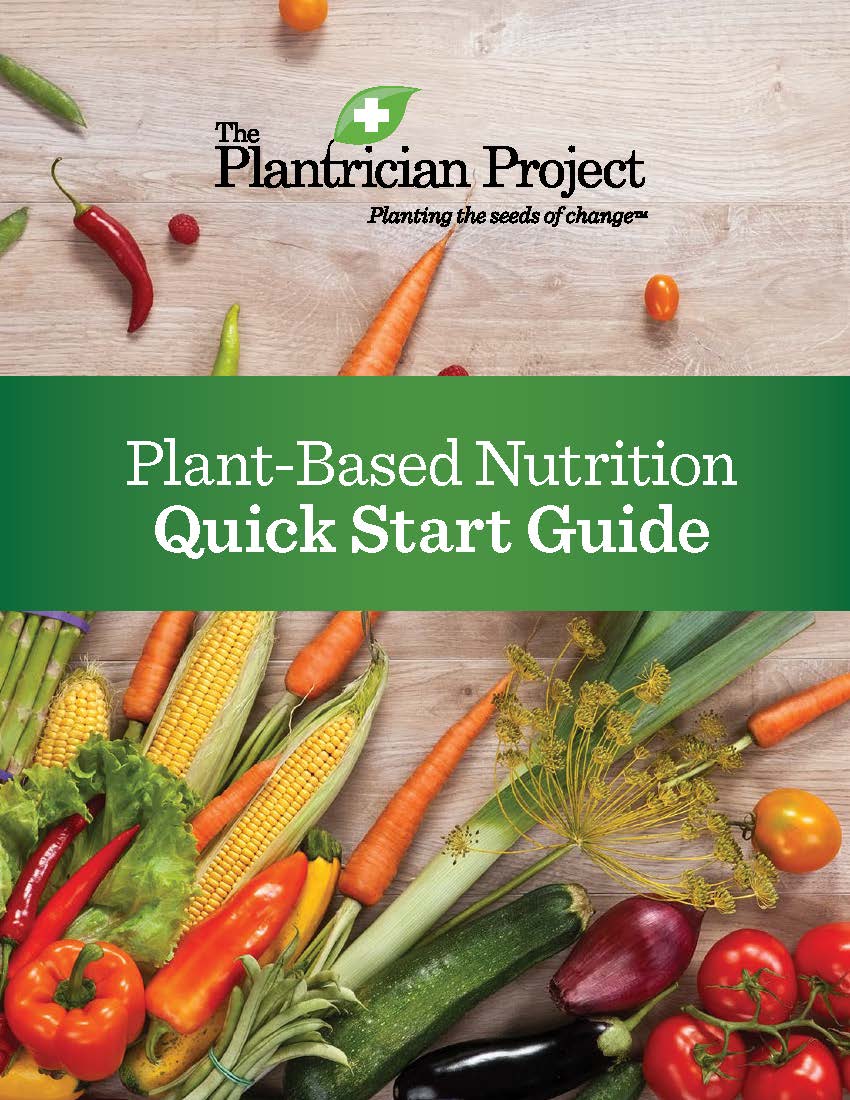Calcium On A Plant-Based Diet
Plant-based foods are excellent vehicles for delivering calcium to our bodies. Beans and greens are rich in calcium and, unlike dairy, come packaged with countless other vitamins, minerals and phytonutrients that benefit health and improve calcium absorption and utilization. Calcium is a mineral found in the ground, which is why plants grown in the ground are excellent sources of calcium. Cows eat calcium-containing plants, which is why their milk contains calcium! Let’s remove the cow (and therefore the cholesterol) and eat the plants!
Marketing and government recommendations have influenced people to believe that consuming dairy is the only way to get enough calcium. Despite this common belief that dairy products build strong bones, no protective benefit between milk consumption and hip fracture risk has been demonstrated. This may partially explain why cultures with the highest average intakes of dairy products also have the highest fracture risk! Milk consumption in teenage years is also not associated with better bone health in adulthood. Milk — and too much animal protein consumption — does not do a body good!
Osteoporosis is NOT a calcium deficiency disease. It is better described as bone atrophy. A strong skeleton depends more on preventing the loss of calcium from your body than on eating or drinking greater amounts of calcium.
Calcium losing habits include tobacco use, alcohol consumption, high intakes of animal protein and sodium, and lack of both exercise and sun exposure. While calcium is certainly an important nutrient, adequate intake from calcium-rich plant foods should be consumed in conjunction with a calcium-preserving lifestyle.
Healthy bones on a plant-based diet
Eat calcium-rich plant foods like tofu, mustard and turnip greens, bok choy, kale, beans and lentils.
Exercise regularly with walking, lunges, and weight bearing activities
Avoid tobacco.
Limit or avoid alcohol consumption.
Manage sodium intake by cooking most of your meals at home — packaged foods and restaurant foods often contain high amounts of sodium.
Avoid excessive protein intake by eating a whole-food plant-based diet.
Aim to spend at least 20 minutes outside in the sun each day. If you have difficulty getting sun exposure, you can get vitamin D from fortified non-dairy milks or a vitamin D3 supplement.
Plant-Based Calcium Sources
Source: The Vegetarian Resource Group, http://www.vrg.org/nutrition/calcium.php
Plantrician Project
This article is an excerpt from the Plantrician Guidebook by Dr. Scott Stoll. Dr. Stoll is a board certified specialist in Physical Medicine and Rehabilitation. He served as the chairman of the department of Physical Medicine and Rehab and medical director for Physical Therapy and the Spine Center at Coordinated Health. He specializes in regenerative medicine, utilizing natural treatments, diet, and lifestyle to aid the body in healing chronic disease and injuries.You can learn more about The Plantrician Project and order the guidebook here.



